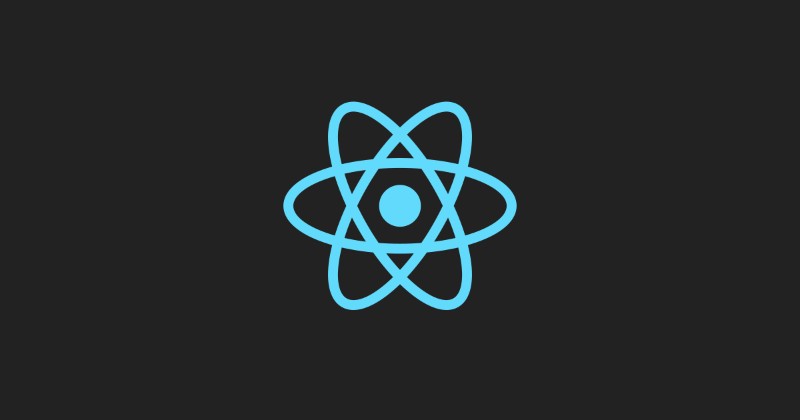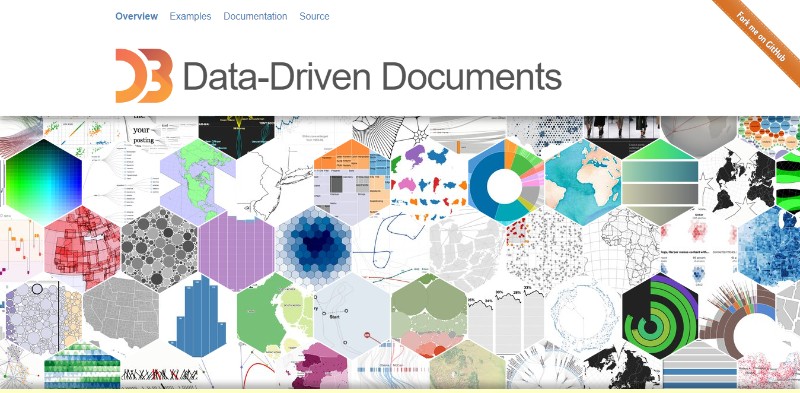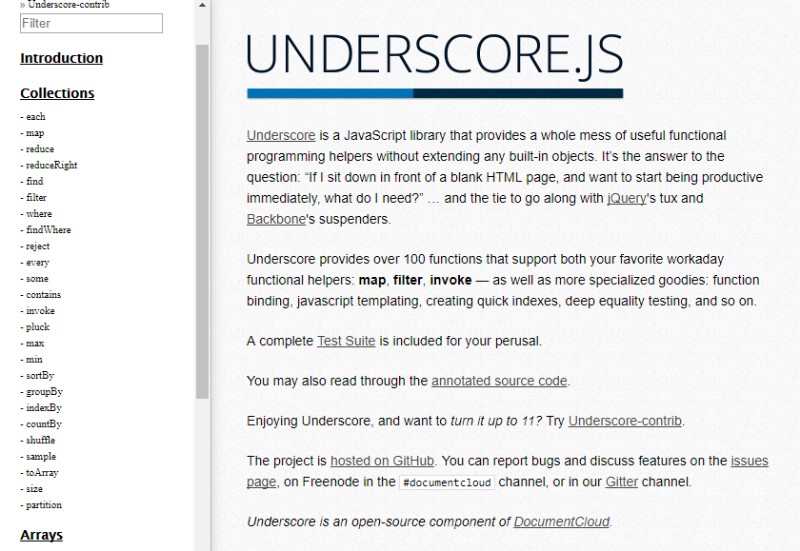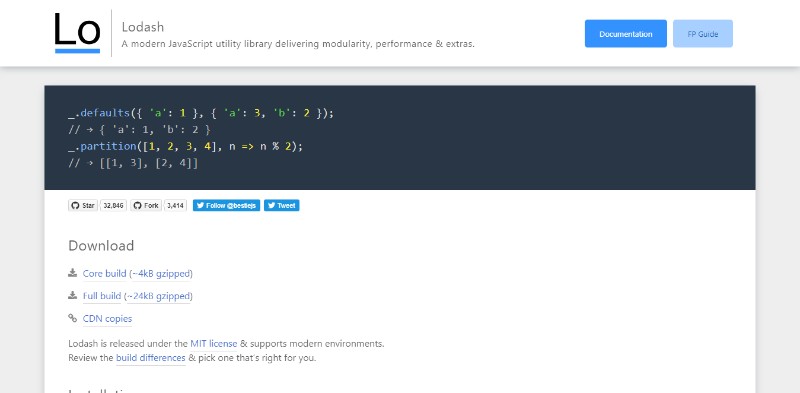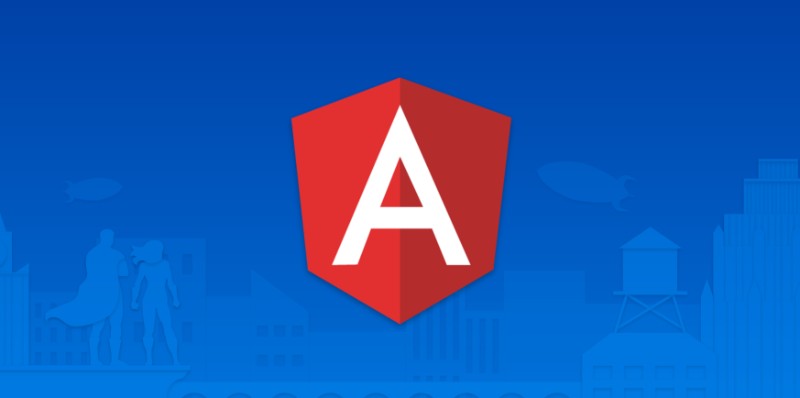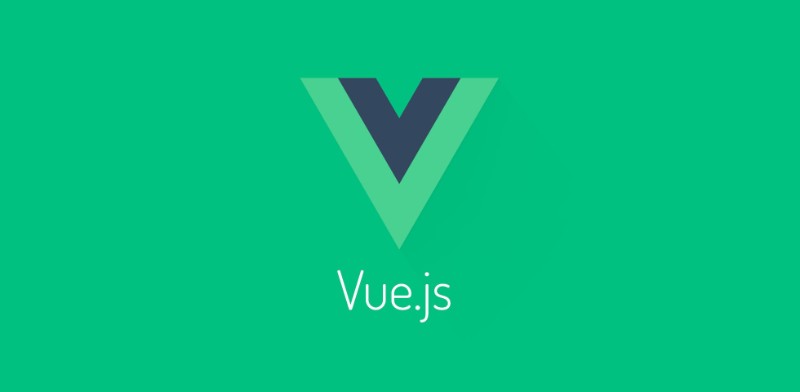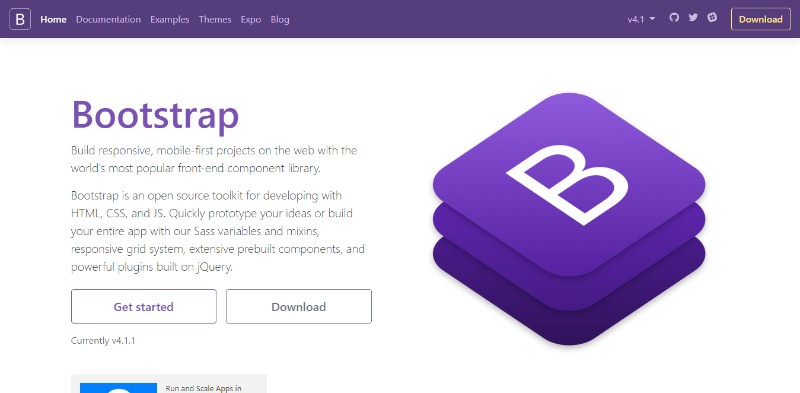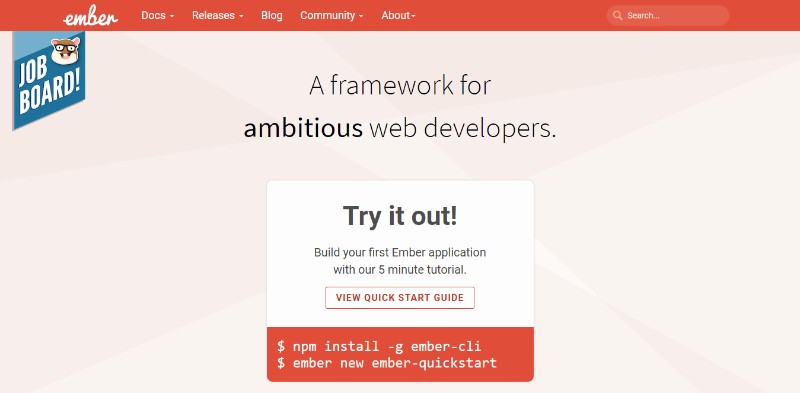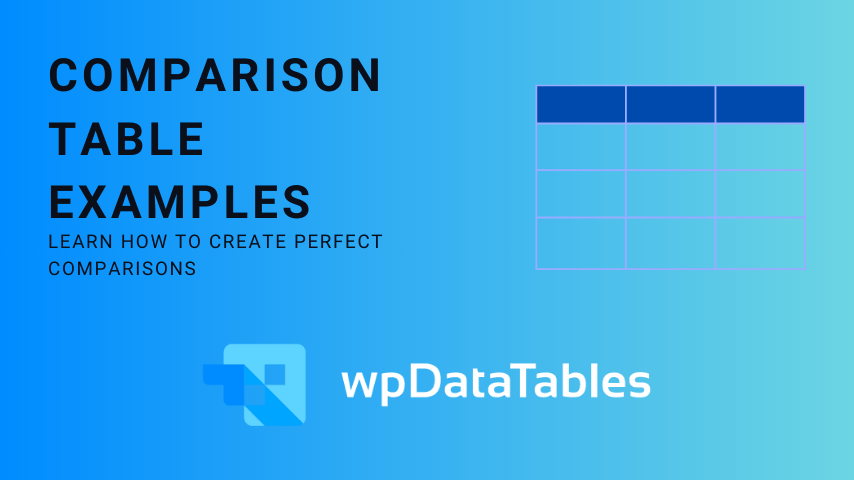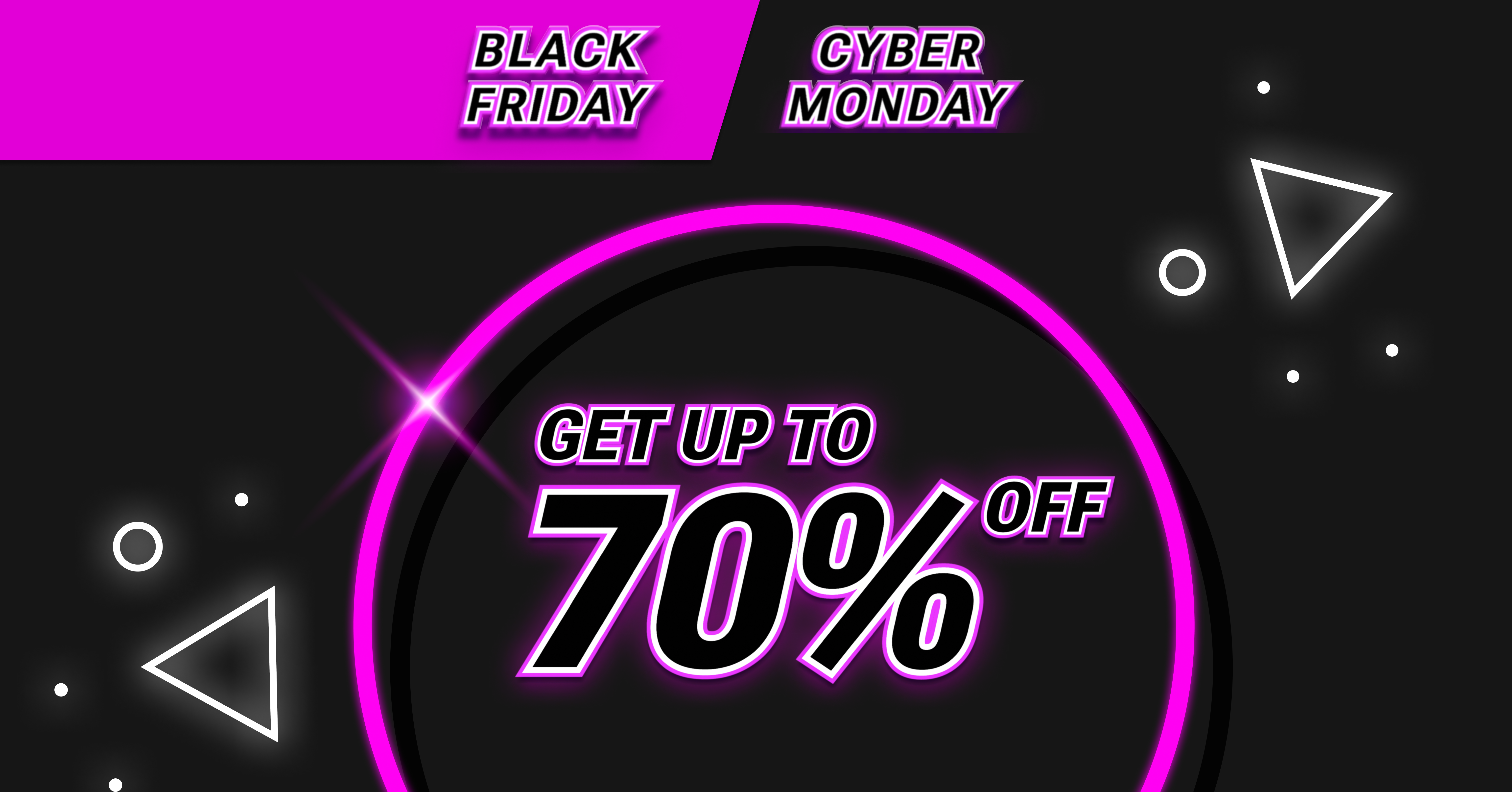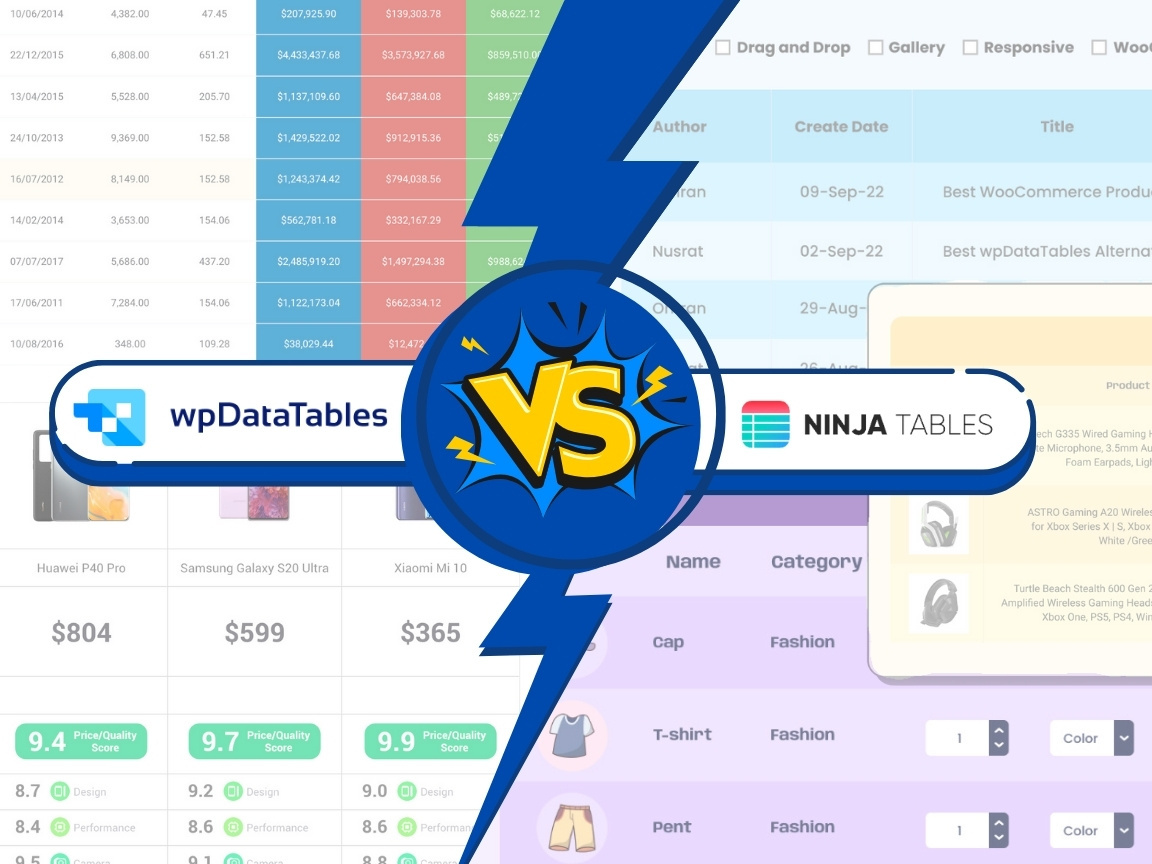As a programmer, you are familiarized with JavaScript, a dynamic programming language that has been evolving consistently ever since it launched two decades ago. To improve development workflow, working with the latest JavaScript libraries and frameworks is key.
This is an article that presents the best JavaScript libraries and tools, as well as the most popular JavaScript frameworks that you may need to start learning as soon as possible considering the fast-paced advancements that define JavaScript as a programming language.
Table of Contents
The Difference between JavaScript Libraries and Frameworks
We often hear terms such as JavaScript library or JavaScript Framework but many people new to the field don’t know the difference between JS libraries and JS frameworks. Many online venues have tried to come up with answers to this frequently asked question.
What is a JavaScript library?
A good answer states that a JS library is a library of pre-written JavaScript codes designed to enhance the easier development of JS-based applications. Subsequently, a JavaScript library could contain several methods, objects, or functions, which depend on the language.
Your application, parent code, can call on the JS library to permit access to functionality.
What is a JavaScript framework?
A JavaScript framework is a javascript collection of libraries that will call on and use the parent code in a particular way. A framework defines the entire application design owning control of your application and offering callbacks and hooks upon which you can build.
JavaScript Libraries
A JavaScript library is a piece of code that can be reused to provide specific functionality. It is different from a framework in its control flow: a library offers functions, classes, and objects to be called by its parent code, i.e., to be used in your application.
The library will extract or select different layers, which means that you will not need to be concerned about the details of implementation. Call a function in the library and hand it several parameters. The JavaScript library will execute it and return the control to you.
JavaScript libraries do not impose structural constraints to limit the way you use the library.
By leveraging the power of AngularJS and the vast array of JavaScript libraries featured on this page, developers can create stunning and functional data tables that will elevate the user experience of their web applications.
Check out this popular collection of JavaScript libraries:
The developers of Instagram and Facebook are the creators of React, a versatile JavaScript library, which developers have designated as the most-loved technology as per the 2017 Stack Overflow Survey. The GitHub star count rates it the most popular JavaScript project.
React lets developers generate an interactive user interface via a declarative method that allows full control of the application state by stating “the view should look like this.”
React employs a component-based model and each component is a reusable user interface element with its own state. Using a virtual DOM, React is one of the best JavaScript libraries that take worries related to the direct manipulation of the DOM out of the equation.
React is a feature-rich JavaScript library and some of its most outstanding characteristics include optional JSX syntax, one-way data flow, and a command-line tool that enhances the creation of a React project with no need to configure building. With the many React packages that are available, you can build amazing things.
What is jQuery? jQuery is a JavaScript Library, and you can download jQuery on jquery.com or the JavaScript website, where you can also find jQuery documentation on how to use jQuery. The jQuery library is a free cross-platform software using permissive MIT license.
What is jQuery used for? JavaScript jQuery allow easier DOM manipulation and make JavaScript more accessible. Is jQuery a framework? No, Java Script jQuery is a library, not a framework. It is a developer-friendly library due to easy syntax and soft learning curve.
jQuery is one of the most popular JavaScript libraries and its popularity as a reliable website builder with cross-browser support was powered by fundamental characteristics, such as event handling, DOM manipulation based on CSS selectors, and ability to make AJAX calls.
JavaScript as a programming language has evolved extensively and several of the latest jQuery features have been integrated with the newest ECMAScript specification.
Today’s top JavaScript frameworks and libraries no longer require DOM manipulation techniques as they have a built-in method of binding the DOM. Within this context, jQuery may not be as popular as it used to, but it remains one of the most used JavaScript libraries.
D3 is a visualization library that uses standards such as HTML, SVG, and CSS. It is a powerful and unique JavaScript library that enhances the control over the final result substantially.
D3: Data-Driven Documents binds the data to the DOM and makes the transformation to the document. With its own ecosystem of libraries and plugins, D3 has extended its basic functionality. Also, there are numerous tutorials and documentation available online.
-
Underscore and Lodash
Underscore entered the JavaScript realm in 2009 and was developed by Jeremy Ashkenas as a versatile utility library encompassing more than 100 different functions. Such functions let developers control objects, arrays, and other functions.
Key features include functional programming helpers, such as map, filter and reduce. FP, or Functional Programming is a popular paradigm that shuns changing state and altering data.
Lodash entered the world of JavaScript libraries in 2012. Designed by John-David Dalton, Lodash offers consistent iteration support across various environments for strings, arrays, and argument objects.
Today, Lodash is Underscore’s superset defined by enhanced documentation and more features. Most developers, including Underscore contributors, are now working with Lodash instead of Underscore.
The standards of JavaScript have evolved so much that many of the utilities made available by external libraries are now included in JavaScript.
Within this context, Lodash and Underscore may no longer be needed although both Lodash and Underscore remain excellent utility libraries particularly helpful for FP applications.
Popular JavaScript Frameworks

JavaScript Frameworks establishes and controls the control flow of your application. It defines the skeleton and tells developers how essential elements should be organized. The best JavaScript frameworks also provide basic functionality to set up the application.
Using a JavaScript Framework, you become compelled to respect the design patterns and principles of the respective framework. The framework calls you, whereas you call a library. Playwright vs Cypress can be a critical decision when it comes to choosing a testing framework
JavaScript frameworks frequently consist of numerous libraries. They have a high abstraction level and a series of inbuilt features, including testing, template binding, data binding, AJAX calls, or event handling. Here are some of the best JavaScript frameworks:
The Most Popular JavaScript Frameworks
Three major frameworks govern the world of JavaScript in the popularity category, i.e., Angular, Vue, and React. These frameworks are the best place to start learning a framework for new developers. There are plenty of learning resources available.
Once coined as the most popular and the best javascript framework as well as the best front end framework for JavaScript, Angular had the support of Google as well as that of a solid group of corporations and individuals. Angular’s latest version was released in 2016.
Vue.js is a progressive JavaScript framework released in 2014 by Evan You at a time that he was still a part of the Google team. An open-source framework, Vue.js has changed dramatically since 2014 and is now considered a refined SPA.
Vue’s progressiveness makes it a powerful JavaScript framework because you can add it into your application progressively. It is a framework that can be easily mixed and matched into your JS projects, a great feature that both Angular and Ember lack.
Features available with Vue.js include templates, components, two-way data binding, reactivity focus, and transitions.
Bootstrap is a front-end JavaScript framework that was created for those who don’t like design. Formerly known as Twitter Blueprint, Bootstrap promotes itself as the best JS, HTML, and CSS framework for mobile-first, responsive projects.
Mark Otto and Jacob Thornton, who were part of Twitter at the time, launched Bootstrap in 2011. It is a framework that people who are not designers can use to produce without great effort reasonable-looking sites and implement responsive design.
Bootstrap uses JS plugins and CSS icons, styles, and components. The plugins include models, alerts, dropdowns, and buttons, among others.
Another open-source JS framework, Ember.Js is a build tool developed by Yehuda Katz as SproutCore 2.0 and released in 2011. It has an inbuilt router and Ember Data. Ember.js is considered an adaptable, rigid framework focusing on convention rather than configuration.
FAQs about JavaScript libraries
1. What are JavaScript libraries, and what do they do?
JavaScript libraries are pre-written sets of code that assist programmers in more quickly and effectively creating online applications.
Common features and operations like DOM manipulation, animations, and AJAX queries are frequently offered by these libraries and can be used to a variety of applications. Instead of writing repetitious code, developers can focus on creating the special aspects of their application and save time by using JavaScript libraries.
2. What are the differences between JavaScript libraries and frameworks?
JavaScript frameworks are more extensive solutions that determine the general structure and flow of an application, whereas libraries are collections of code that offer reusable functionality. Libraries are frequently a component of the architecture of frameworks. While frameworks offer more direction and structure, libraries give developers greater freedom to choose which capabilities they wish to use.
3. Which are the most commonly used JavaScript libraries, and what are their unique features?
JavaScript libraries like jQuery, React, Angular, and Vue.js are some of the most popular ones. A lightweight framework called jQuery makes it easier to manipulate the DOM and offers a simple syntax for sending AJAX requests.
React is a component-based architecture-based library for creating user interfaces. A more complete framework called Angular comes with dependency injection, a strong templating engine, and many other built-in capabilities. Progressive framework Vue.js provides a simple core with the opportunity to add more functionality as needed.
4. How can I determine which JavaScript library is best for my project?
The scope and complexity of your project, the expertise of your development team, and the specific features you require should all be taken into account when selecting a JavaScript library. To make sure that you can quickly find solutions to any concerns that come up during development, it’s also beneficial to examine the documentation and community support for each library.
5. What are the benefits of using JavaScript libraries?
JavaScript libraries can offer a variety of advantages, such as quicker development times, better code quality, higher code reusability, and access to a developer community with resources and assistance. They can also assist developers in keeping abreast of the most recent developments and best practices in web development.
6. Can JavaScript libraries be used with other programming languages?
Absolutely, you can utilize JavaScript libraries with other programming languages, including server-side languages like PHP, Python, and Ruby. A variety of programming languages can be used to create web apps that can incorporate libraries like jQuery and React.
7. Are there any downsides to using JavaScript libraries?
While JavaScript libraries can offer a number of advantages, there are also some potential drawbacks to take into account. Utilizing a library might make a project more complex because developers have to understand and incorporate the library’s syntax and structure. Moreover, libraries can increase project overhead, thereby degrading the performance of the application.
8. What is the process for adding a JavaScript library to a project?
Depending on the library and the development environment being used, several steps are required to add a JavaScript library to a project. The files for the library must typically be downloaded or linked to, added to the project’s file structure, and included in the HTML or JavaScript code. To aid new developers, several libraries also include thorough documentation and tutorials.
9. How can I learn to use a JavaScript library effectively?
It’s critical to study the documentation and comprehend the fundamental ideas and functionalities of a JavaScript library before using it properly. To aid developers in learning the library’s syntax and best practices, many libraries also include tutorials, examples of working code, and other resources. Building simple projects to practice using the library or playing around with its capabilities can both be beneficial.
10. Can JavaScript libraries be used for server-side programming?
Although JavaScript is typically associated with client-side programming in web browsers, server-side programming utilizing frameworks like Node.js also uses JavaScript. A few JavaScript frameworks, like Express.js, are made especially for creating web servers and APIs.
These libraries can be used for a variety of purposes, including managing HTTP requests, building web routes, and interacting with databases. A more seamless development process is made possible by the fact that some JavaScript libraries may be used for both client-side and server-side programming.
Ending thoughts on JavaScript Libraries
Many new developers feel discouraged by seasoned developers who claim the JavaScript arena is changing too fast. As a new developer, you may hear complaints about how there are too many JavaScript libraries and frameworks emerging too quickly.
Yes, the JavaScript world is a fast-paced environment; there’s no point denying the obvious. However, you still need to learn a framework if you want to enter the JS realm. This article only offers a quick glance at the vibrant world of JavaScript libraries and frameworks.
Move on to the next level and select a framework and library and commence learning!
If you enjoyed reading this article on JavaScript libraries, you should check out this one about WordPress developer salary.
We also wrote about a few related subjects like WordPress training, convert HTML to WordPress, best code editor and Brackets extensions.

